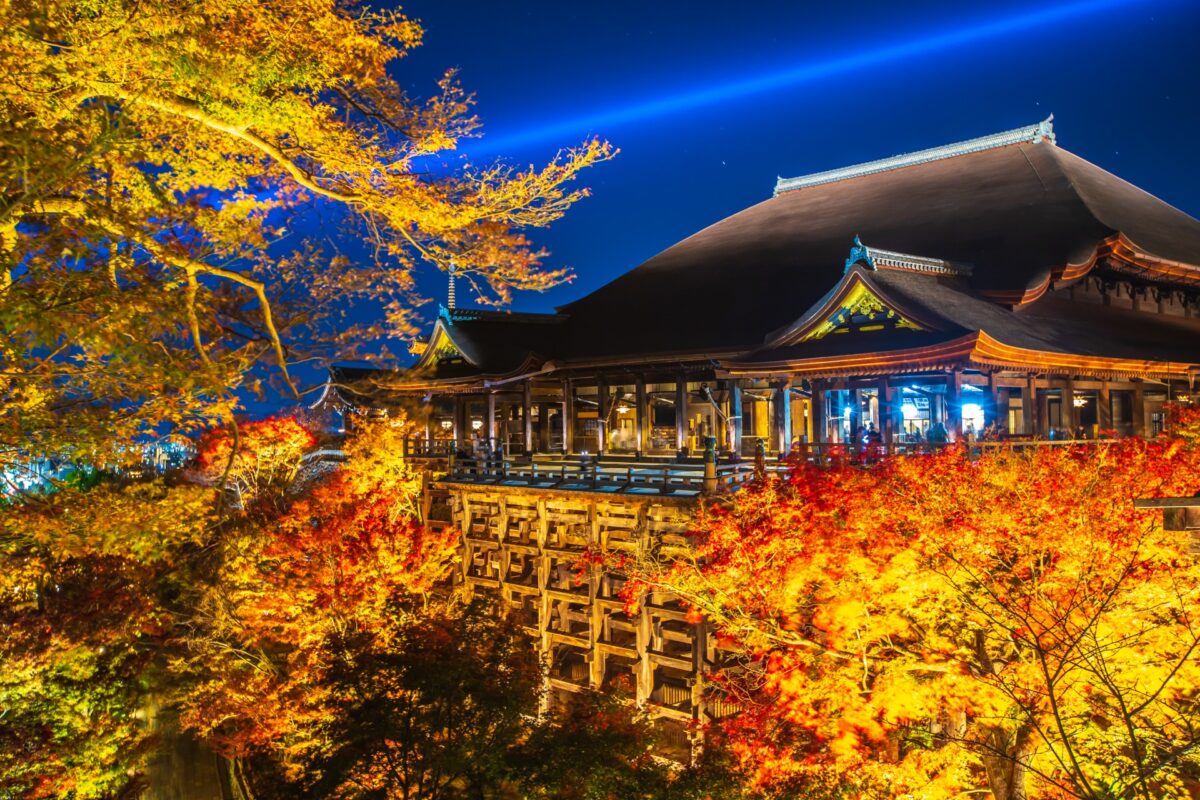Kyoto Prefecture’s deep history and charm: My 47 prefecture travel diary
Kyoto Prefecture, stepping into the stage of history

The first step to Kyoto Prefecture
I have traveled all over Japan and visited all 47 prefectures, but the historical charm of Kyoto has a special appeal. When I first set foot on the ground, my heart trembled with the deep history of the ancient city.
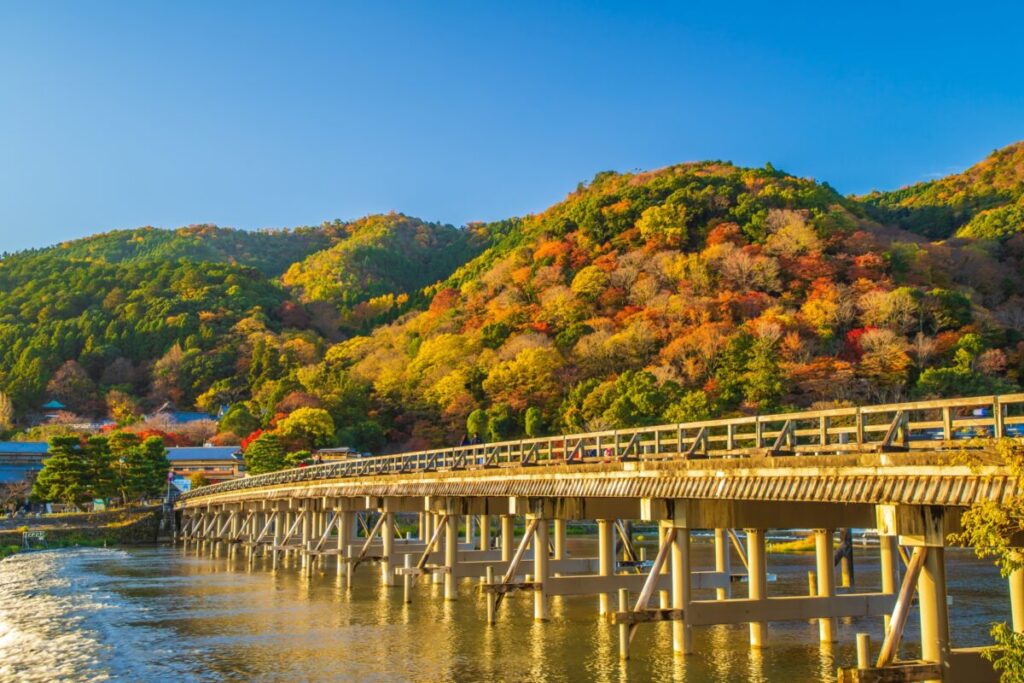
The depth of history of Kyoto Prefecture
Kyoto Prefecture has played a central role in the history of Japan. For about 1,000 years since the Heian period, Kyoto has prospered as the capital of Japan. Remains and buildings from this period have survived to the present day, and they tell the deep history of Kyoto.
For example, the ruins of the ancient capital known as Heiankyo still exist today as the foundation of the city. Many temples and shrines and cultural properties have been passed down since the Heian period. These spots are featured in a service called “Kyoto Travel Guide,” for example, and are visited by many tourists.
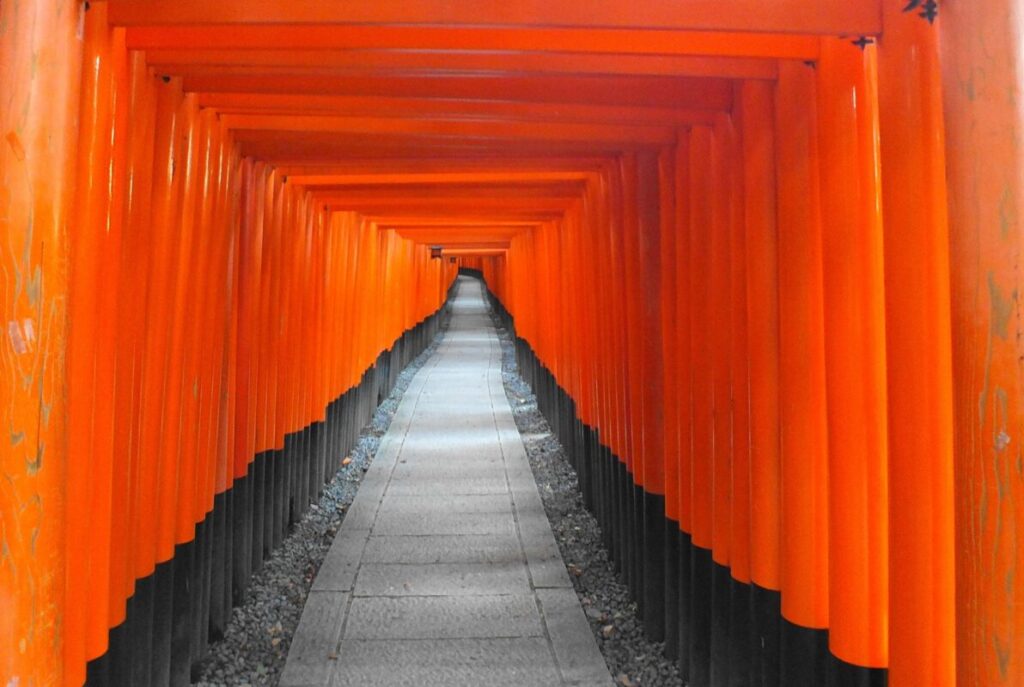
The modern charm of Kyoto
However, history is not the only attraction of Kyoto. Kyoto has the charm of the coexistence of tradition and modernity. For example, new cultures and industries such as the “Kyoto Marathon” and the local company “Kyoto Design House” continue to emerge. These activities have led to an increase in the number of tourists annually as a result of Kyoto. In fact, according to recent statistics, Kyoto’s annual tourist numbers have increased by 5% year-on-year.
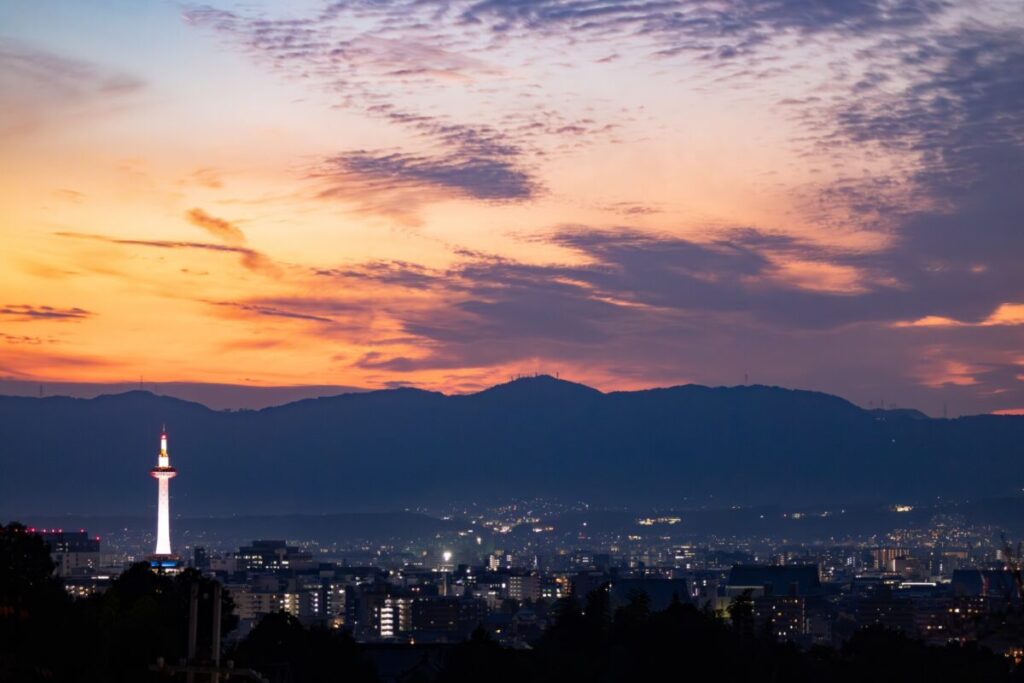
my experience and feelings
My most memorable experience in Kyoto was visiting Kiyomizudera at night. The combination of the historical background of the place and the modern lighting made me feel like I was in a timeless space. At that place, I felt the fusion of Japan’s long history and modernity, and once again realized the deep charm of Kyoto.
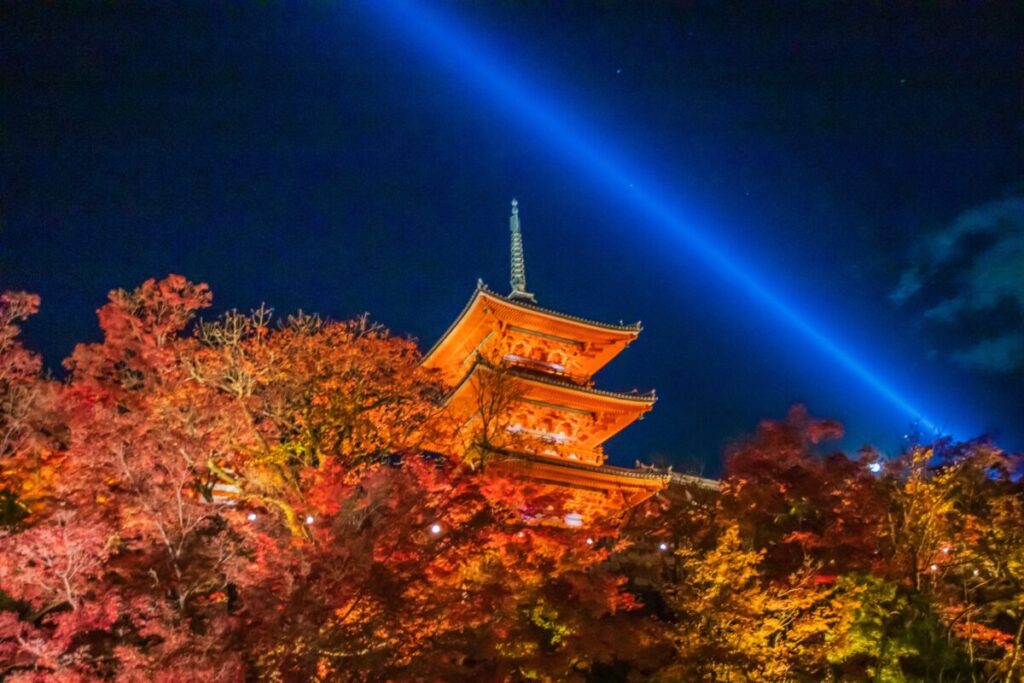
Digging deep into the historical sights of Kyoto
Kinkakuji and Ginkakuji: symbols of history and beauty
When you think of Kyoto, you can’t miss Kinkakuji and Ginkakuji. Kinkaku-ji is a temple built by Yoshimitsu Ashikaga in the Muromachi period, and the appearance covered with pure gold attracts many people. Ginkakuji, on the other hand, was built by Yoshimasa Ashikaga and is said to have been intended to be clad in silver, but was never finished in silver. Yet its simple beauty still attracts many people.
I especially like walking around the gardens of Ginkakuji. Along with the beauty of Japanese gardens, you can feel the historical background.
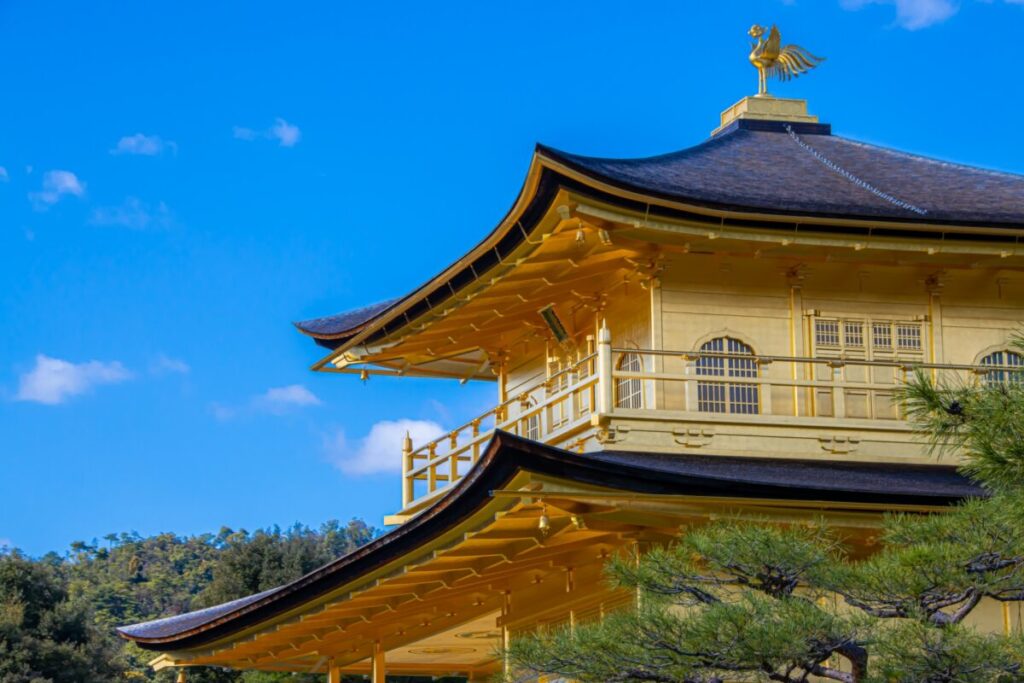
Kyoto Imperial Palace: The Heart of the Ancient Capital
Kyoto Imperial Palace is known as the place where the Emperor of Japan lived. The history and culture of the imperial family are strongly preserved here, and I find something new every time I visit. In particular, don’t miss the event called “Kyoto Imperial Palace Day,” which introduces the events and culture of the imperial family. At this event, a room that is usually closed to the public will be open to the public, and a special guided tour will be held using it.

Gion: A Town of Tradition
Gion is an area where old traditions and culture remain strong. In particular, the “Gion Matsuri” held in July every year is known as a summer tradition in Japan and attracts many tourists. At the Gion Festival, the sight of huge floats parading through the town is a sight to behold. When I experienced the Gion Matsuri, I was struck by the depth of tradition and the enthusiasm of the local people.
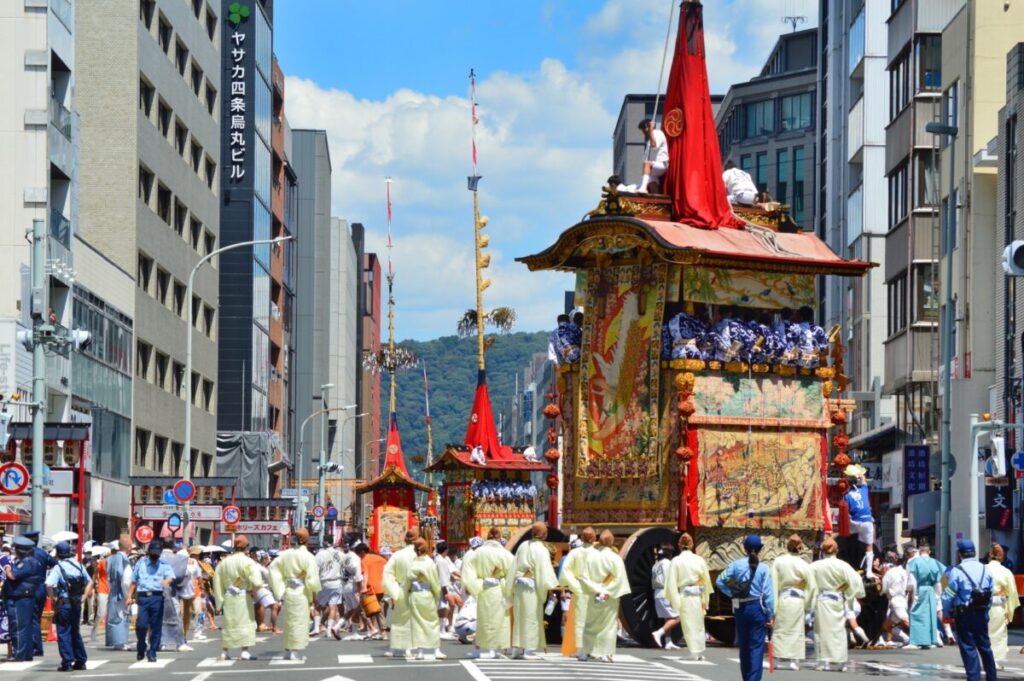
Enjoy the culture and food of Kyoto
Traditional maiko experience
When walking around Gion and Hanamikoji, you may see maiko and geiko. Their beautiful costumes and elegant gestures strongly reflect the traditional culture of Kyoto. Actually, there are many stores that offer Maiko experience for tourists, and I tried it once. What I can say from that experience is that it was a wonderful opportunity to learn about the culture and history behind the costumes, rather than just wearing them.
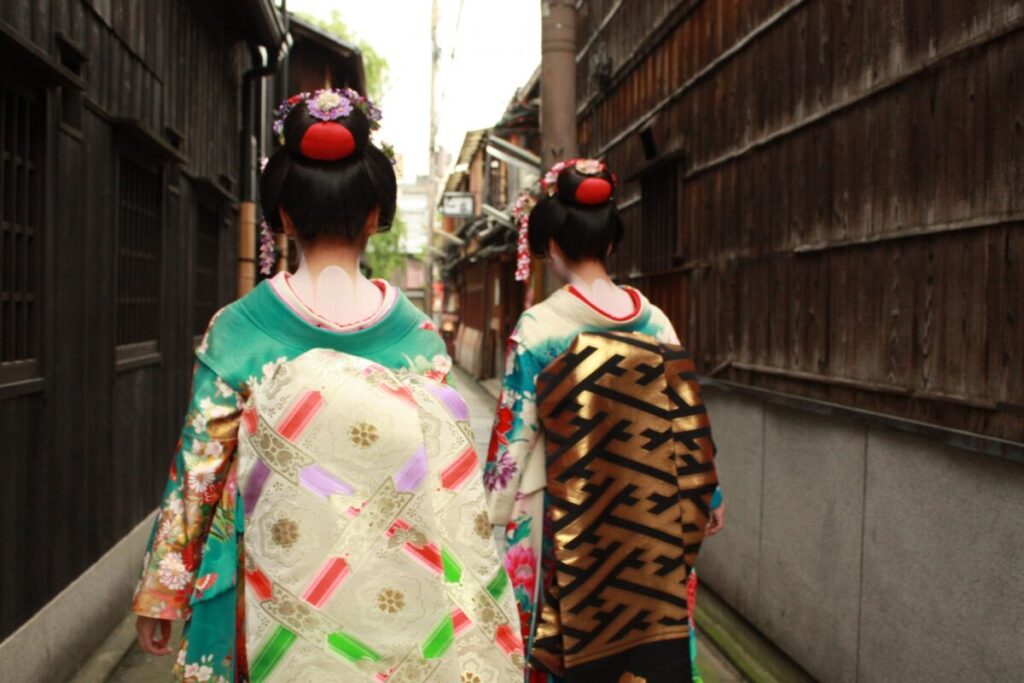
Enjoy the taste of Kyoto
When you think of Kyoto, traditional food culture such as matcha, Japanese sweets, yuba, and yatsuhashi comes to mind. In particular, long-established restaurants such as Tsujiri in Gion and Isegen in Pontocho offer seasonal Kyoto cuisine. The dinner at Tsujiri was particularly memorable for me, and I will never forget the experience of tasting exquisite cuisine while feeling the change of the four seasons.
You can also enjoy sweets and drinks made with matcha at Ujicha Café Tsujiri near Nijo Castle, which is also known as a tourist spot. I often visit and enjoy the rich taste and aroma of matcha.
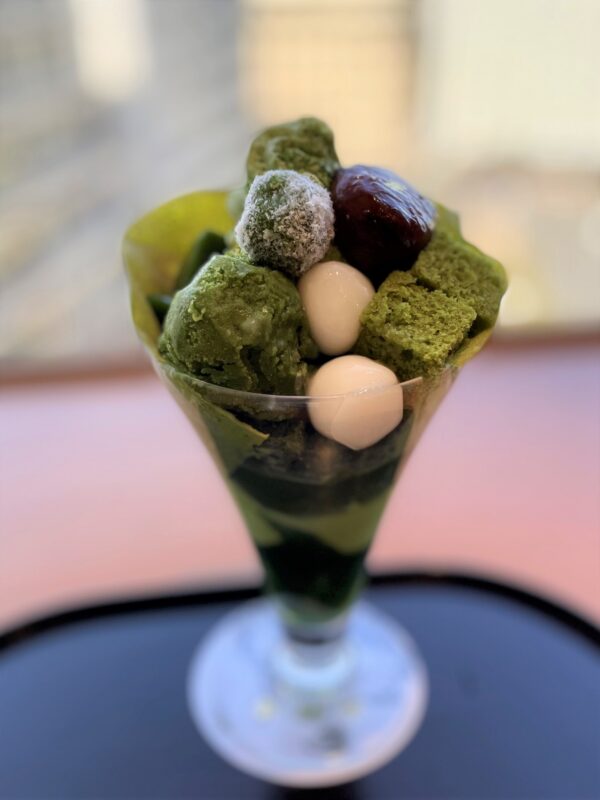
Handicrafts in Kyoto: Traditional Crafts
Kyoto’s traditional crafts are also part of its charm. At the shops scattered along Muromachi-dori and Teramachi-dori, you can purchase traditional crafts such as Kyo-Yuzen, Kyo-lacquerware, and Kyo-ori textiles. These items are extremely popular among foreign tourists visiting Japan as masterpieces of craftsmanship. I myself am fascinated by the handicrafts of Kyoto, and have acquired several masterpieces.
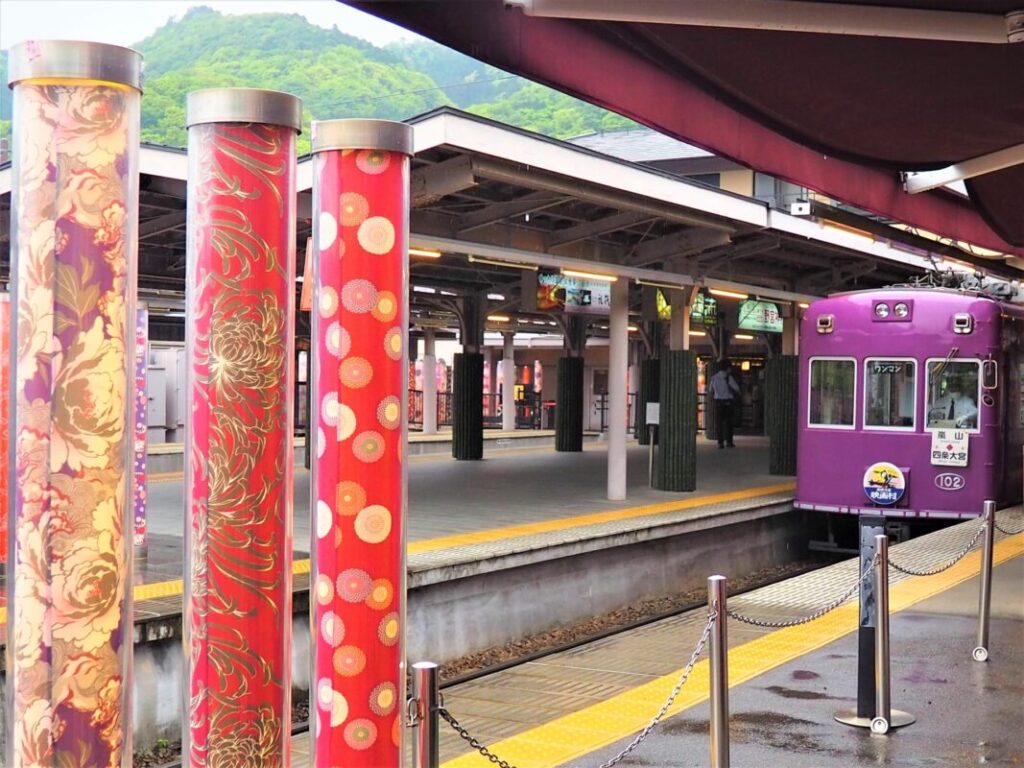
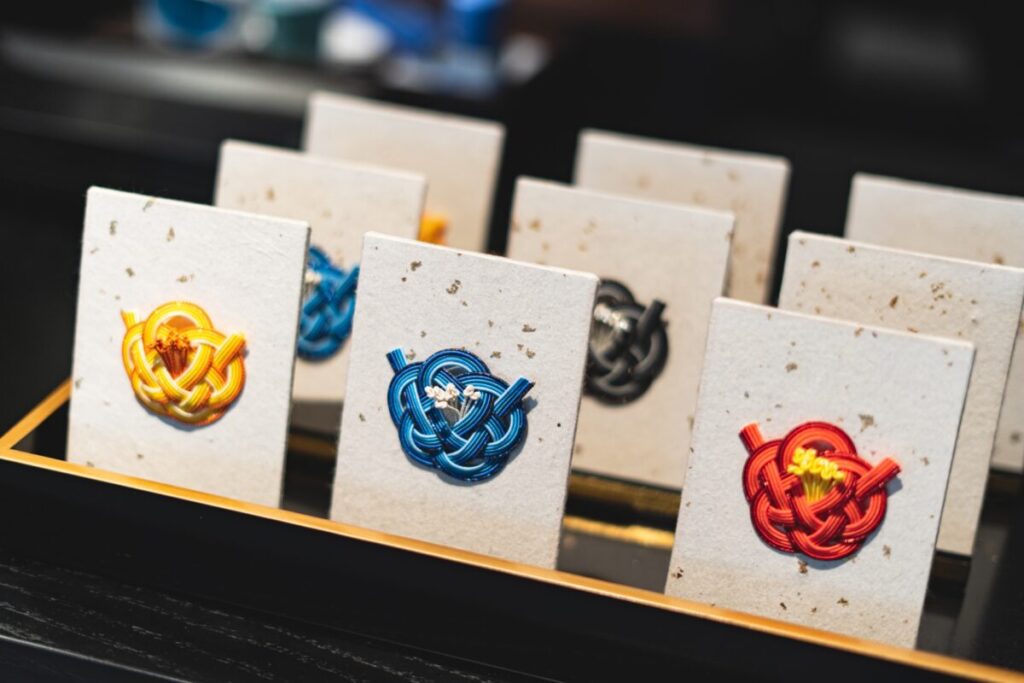
summary
Kyoto Prefecture is a place that is deeply attractive not only for its historical background, but also for its food, culture, and handicrafts. Having traveled to 47 prefectures, I have been drawn to its charm many times. We hope that through this article, you will be able to feel the deep charm of Kyoto even just a little.
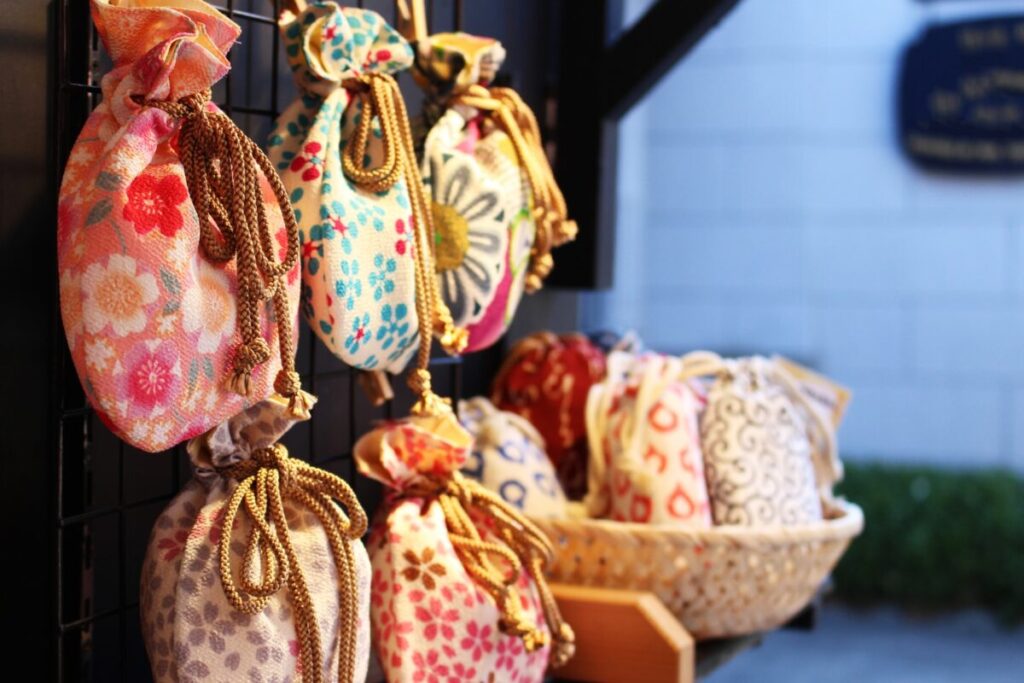
Historical building chosen by Kasumi
As the center of Japanese history and culture, Kyoto has many historical buildings. Among them, we will pick up five that are particularly impressive and introduce them here. I will add “Kasumi Points” to each building and explain their features and charms from my point of view.
Kinkakuji Temple (Muromachi Ward)
Kasumi point:
The pure gold shines beautifully from any angle. While you can feel the luxury and sophistication of the Muromachi period, the golden building reflected in the pond is tasteful.
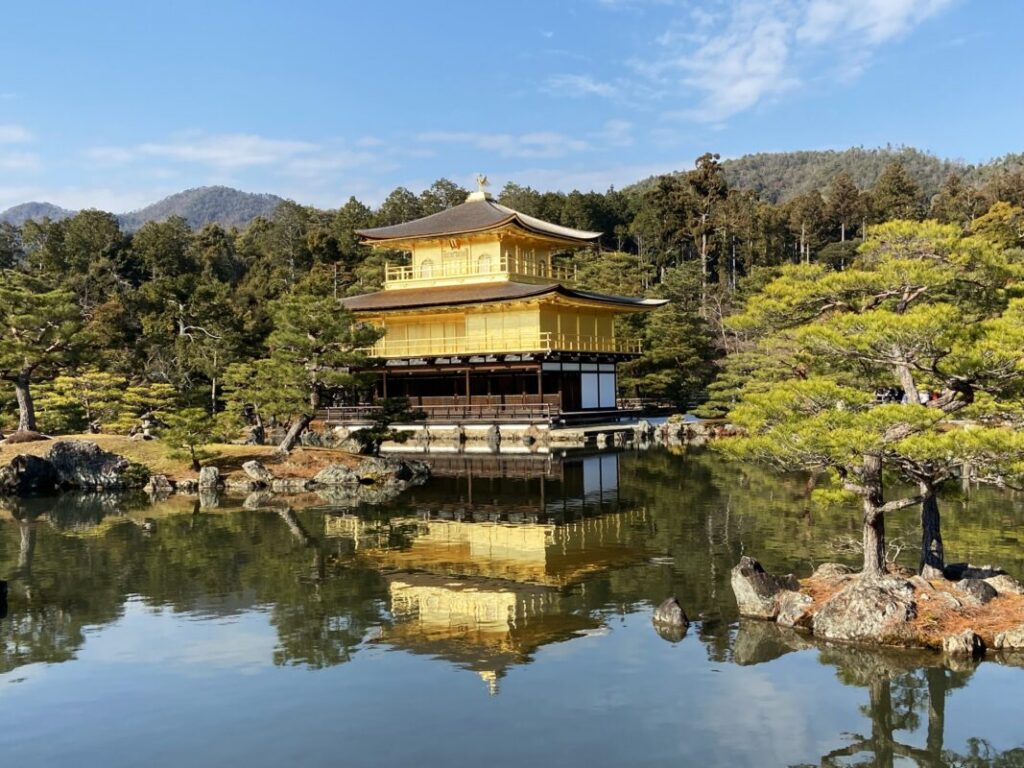
Kiyomizu Temple (Higashiyama Ward)
Kasumi point:
The view from the stage of Kiyomizu is superb. The atmosphere of the precincts and the contrast with the townscape below are the major attractions of this temple.

Nijo Castle (Nakagyo Ward)
Kasumi point:
It is a castle where you can feel the history of the end of the Edo period. Especially during the night cherry blossom season, the illuminated castle and cherry blossoms create a fantastic scenery.
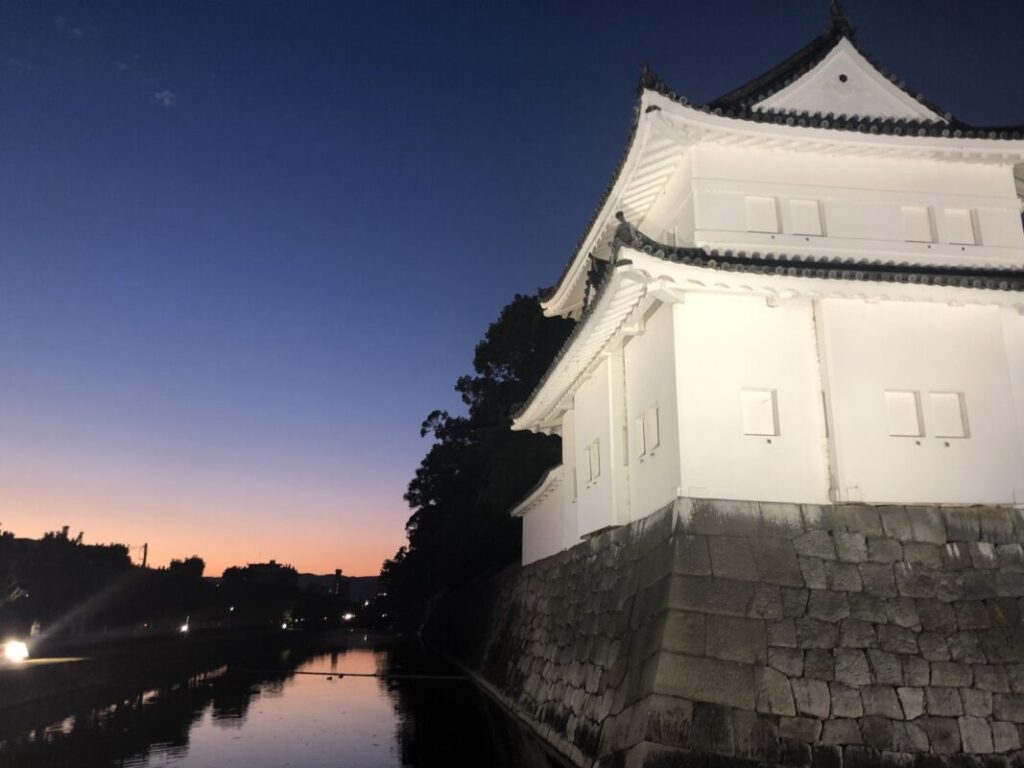
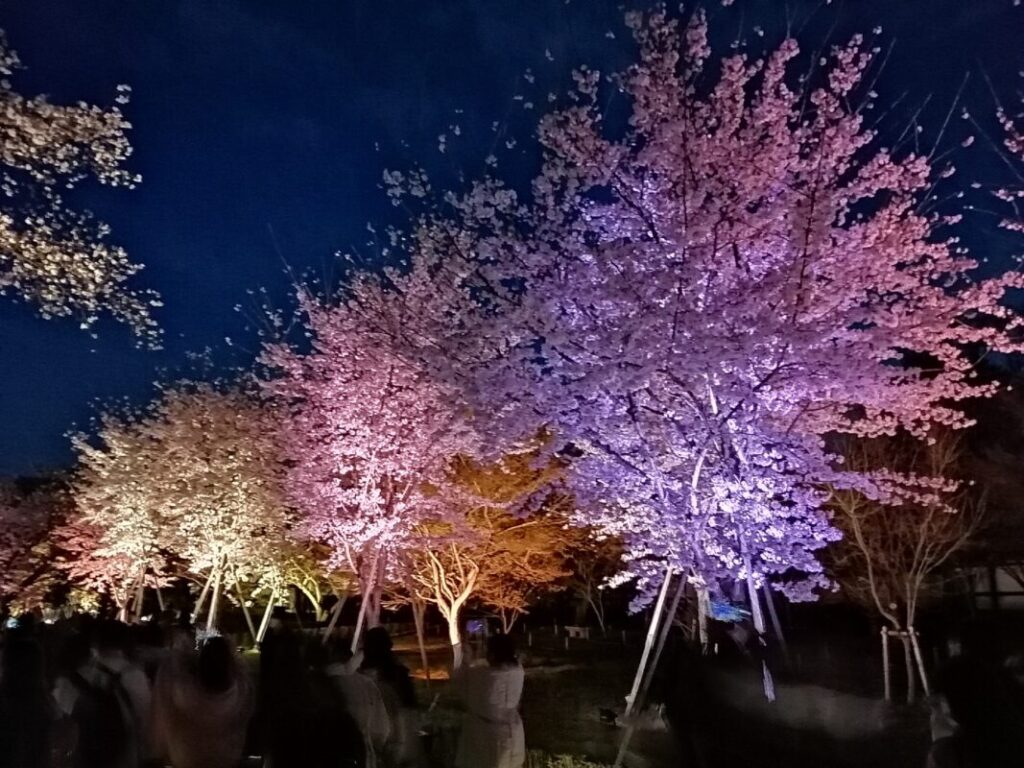
Heian Shrine (Sakyo Ward)
Kasumi point:
The large torii gate and vermilion-lacquered buildings remind us of the prosperity of Kyoto in the Heian period. Shinenzakura in April is a spectacular beauty.
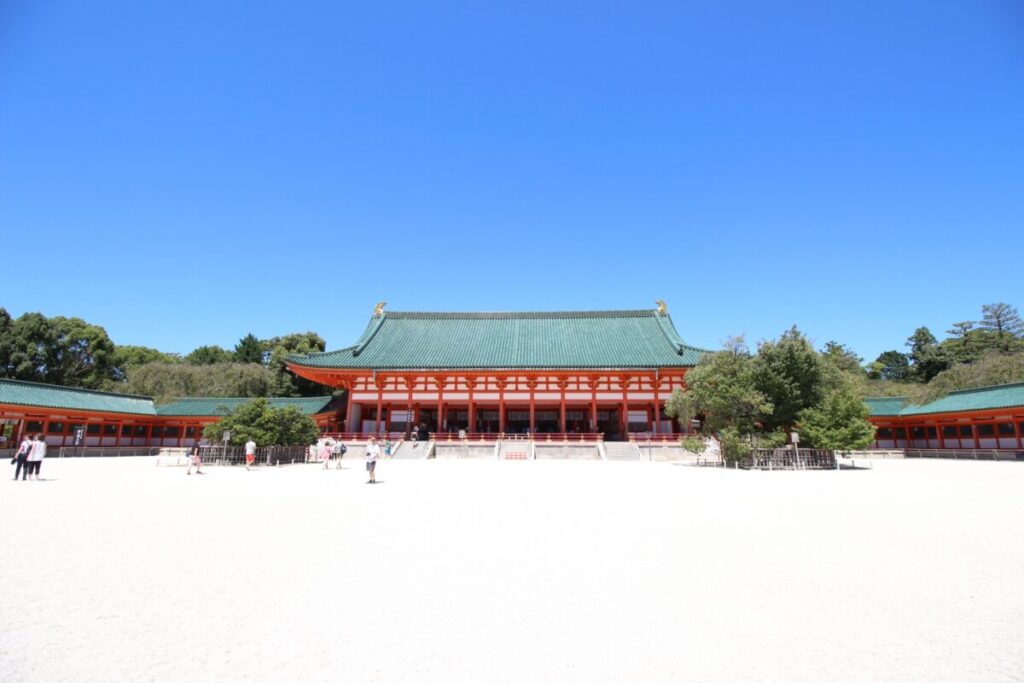
Togetsukyo Bridge in Arashiyama (Ukyo Ward)
Kasumi point:
It is one of the spots where you can feel the atmosphere of Arashiyama. Along with the nature of the four seasons, it is a bridge where you can feel the history.

These buildings are loved by many people as places where you can feel the deep history and culture of Kyoto. By all means, I would like you to visit once and experience its charm.






